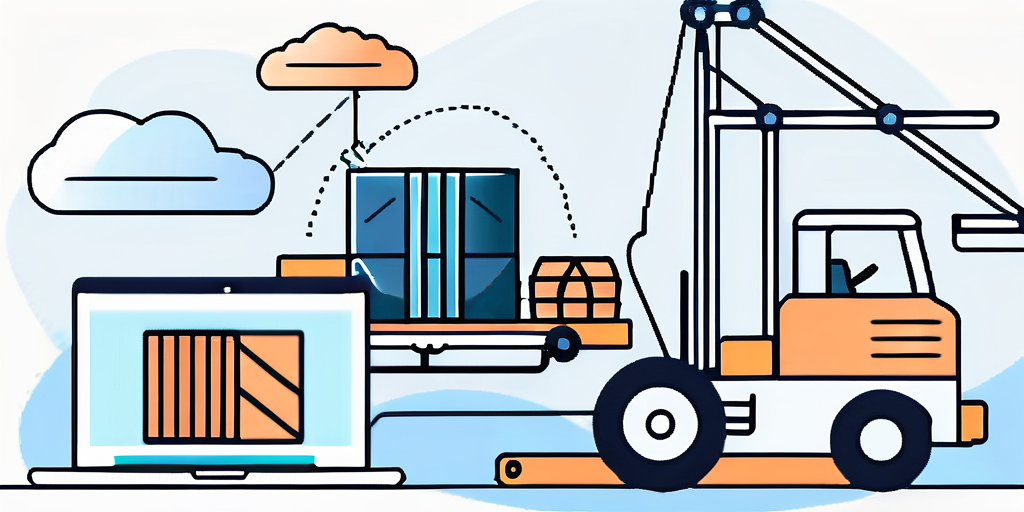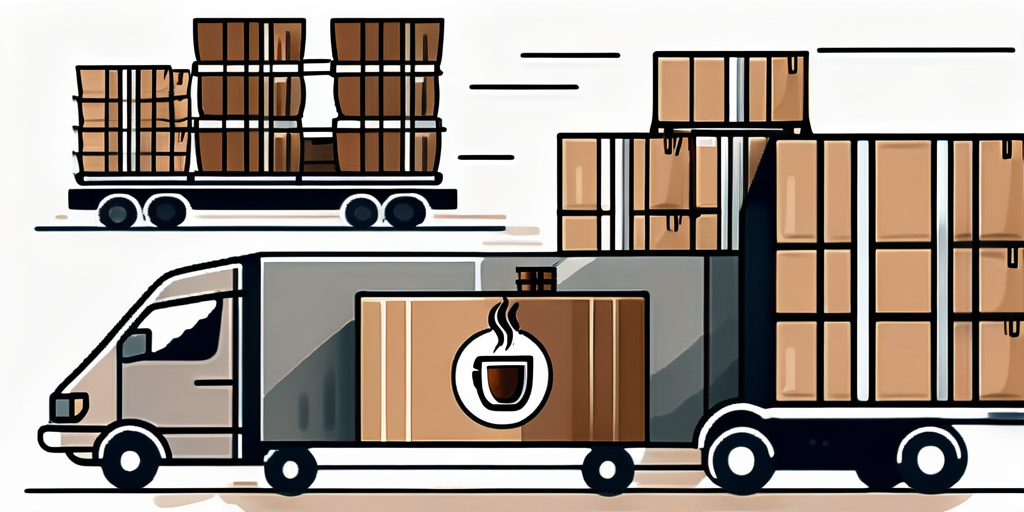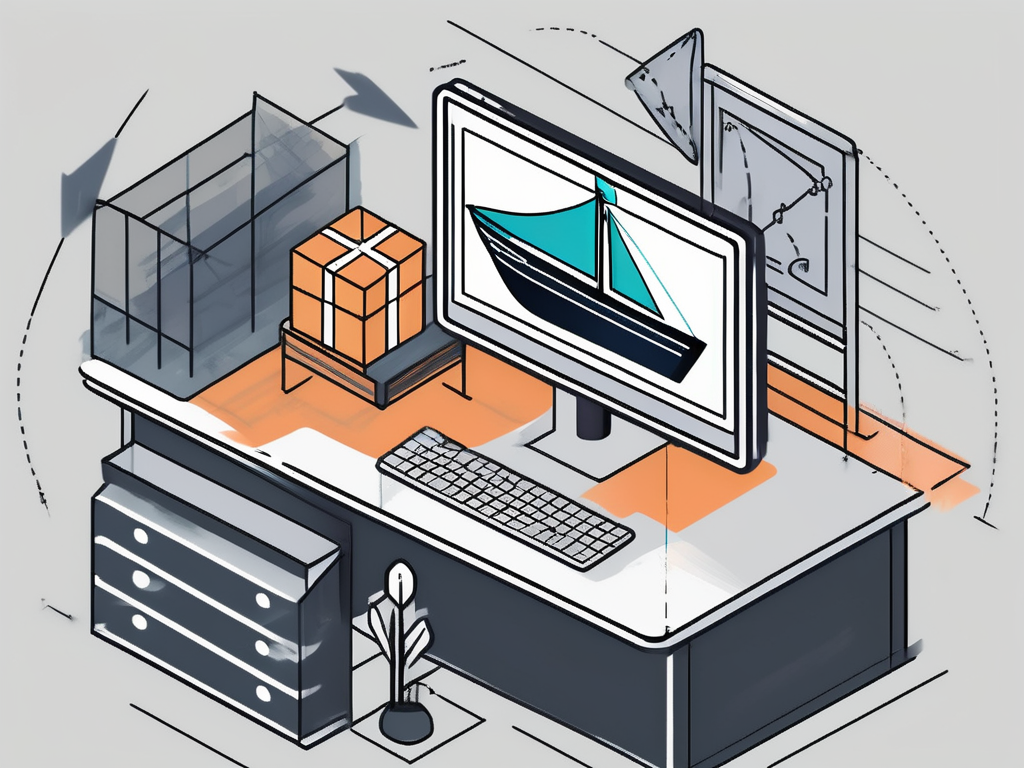In today’s saturated market, finding a profitable niche is crucial to the success of your business. One niche that continues to grow in popularity and profitability is coffee. With millions of coffee lovers around the world, dropshipping coffee can be a lucrative venture. But before diving into the world of dropshipping, it’s essential to understand the coffee market and identify your target audience.
Understanding the Coffee Market
Coffee is a beverage enjoyed by people of all ages and backgrounds. Its popularity has skyrocketed in recent years, making it an ideal niche for aspiring entrepreneurs. The aroma, taste, and caffeine kick make it an irresistible drink for many individuals.
The Popularity of Coffee
Coffee has become more than just a morning pick-me-up; it has evolved into a lifestyle. From specialty coffee shops to instant coffee brands, the market is thriving with options. This popularity is attributed to the various flavors, brewing techniques, and growing appreciation for quality coffee.
Let’s delve deeper into the reasons behind coffee’s popularity. One factor is the social aspect it brings. Coffee shops have become gathering places for friends, colleagues, and even first dates. The cozy ambiance, combined with the aroma of freshly brewed coffee, creates an inviting atmosphere that encourages people to connect and engage in meaningful conversations.
Another reason for coffee’s popularity is its versatility. With a wide range of brewing methods available, coffee lovers can experiment and customize their brews to suit their preferences. From pour-over to French press, each brewing technique offers a unique flavor profile, allowing individuals to explore and discover their perfect cup of coffee.
Identifying Your Target Audience
When dropshipping coffee, it’s essential to narrow down your target audience. Consider your niche within the coffee market. Are you targeting health-conscious individuals looking for organic coffee? Or perhaps you want to focus on coffee enthusiasts interested in unique flavors and origin stories. Understanding your target audience will guide your marketing efforts and help you stand out in a competitive market.
Let’s take a closer look at the different segments within the coffee market. One segment that has gained significant traction in recent years is the specialty coffee market. This niche focuses on sourcing high-quality beans from specific regions and promoting transparency in the supply chain. By targeting this audience, you can cater to individuals who value sustainability, fair trade practices, and the art of coffee craftsmanship.
Another segment worth considering is the convenience-driven market. This audience seeks quick and easy coffee solutions without compromising on taste. They may be busy professionals or individuals always on the go. By offering instant coffee options or single-serve pods, you can tap into this market and provide them with a hassle-free coffee experience.
The Basics of Dropshipping
Before delving further into the coffee niche, it’s essential to grasp the basics of dropshipping.

Dropshipping is a business model where you, as the retailer, sell products without holding inventory. When a customer purchases a product from your online store, you pass the order to a supplier who directly ships it to the customer. This eliminates the need for managing inventory and fulfillment, making it a convenient option for budding entrepreneurs.
But what exactly makes dropshipping such an attractive option for aspiring business owners? Let’s explore the benefits in more detail.
What is Dropshipping?
Dropshipping is a business model that has gained significant popularity in recent years. It offers several advantages for businesses, especially those starting with limited resources.
First and foremost, dropshipping requires minimal upfront investment. Unlike traditional retail models where you need to purchase inventory in advance, dropshipping allows you to list products on your online store without having to buy them first. This means you can start your business with a much lower financial commitment, reducing the risks associated with stocking up on inventory that may or may not sell.
Secondly, dropshipping provides you with the flexibility to sell a wide range of products. Since you don’t need to worry about storage or shipping logistics, you can curate a diverse product catalog that caters to different customer preferences. This versatility allows you to tap into various niches and target different market segments, expanding your potential customer base.
Lastly, one of the most significant benefits of dropshipping is the freedom it gives you to focus on marketing and growing your business. Without the burden of managing inventory and fulfillment, you can dedicate more time and resources to developing effective marketing strategies, building customer relationships, and improving your brand’s visibility. This emphasis on growth and expansion can accelerate your business’s success and pave the way for long-term profitability.
So, if you’re considering venturing into the world of online retail, dropshipping offers a compelling opportunity. With its low upfront costs, product flexibility, and the ability to prioritize business growth, it’s no wonder why so many entrepreneurs are embracing this business model.
How to Source Quality Coffee
When dropshipping coffee, sourcing high-quality beans is crucial to ensure customer satisfaction and repeat business.
Choosing the Right Suppliers
Research and partner with reputable coffee bean suppliers who prioritize quality and sustainability. Look for suppliers who have direct relationships with coffee farmers and follow ethical sourcing practices. This way, you can ensure that your customers receive freshly roasted, flavorful coffee that aligns with their taste preferences.
Moreover, collaborating with suppliers who are committed to fair trade practices can have a positive impact on the coffee-growing communities. By supporting suppliers who pay fair prices to farmers, you contribute to the economic stability and well-being of these communities. This, in turn, can create a virtuous cycle where the farmers are motivated to produce even higher-quality coffee.
Evaluating Coffee Quality
Sampling different coffee varieties from potential suppliers will help you evaluate their quality. Consider factors such as taste, aroma, acidity, and body to ensure that the coffee you offer meets your customers’ expectations. Don’t be afraid to request samples and ask detailed questions about the sourcing and roasting process.
Additionally, it’s worth exploring the origin and processing methods of the coffee beans. Different regions and processing techniques can impart unique flavors and characteristics to the coffee. For example, beans grown in volcanic soil might have a distinct earthy taste, while those processed using the natural method can exhibit fruity and wine-like flavors. By understanding these nuances, you can curate a diverse selection of coffee that caters to different palates and preferences.
Setting Up Your Coffee Dropshipping Business
Now that you have a good understanding of the coffee market and have sourced quality coffee, it’s time to set up your dropshipping business.

But before you dive into the world of dropshipping, it’s important to have a solid business plan in place. A well-thought-out business plan serves as a roadmap for success, helping you navigate the challenges and opportunities that lie ahead.
Creating a Business Plan
A comprehensive business plan is more than just a document; it’s a strategic tool that will guide your decision-making process. Start by defining your goals and objectives. What do you hope to achieve with your coffee dropshipping business? Are you looking to build a sustainable income stream or perhaps expand into a brick-and-mortar coffee shop in the future?
Next, identify your target market. Who are your potential customers? Are you targeting coffee enthusiasts who appreciate artisanal blends, or are you catering to a broader audience that values convenience and affordability?
Once you have a clear understanding of your goals and target market, it’s time to develop your marketing strategies. How will you reach your customers and promote your coffee offerings? Will you leverage social media platforms, collaborate with influencers, or invest in paid advertising? Research your competitors and identify what sets your business apart. This will help you position your brand and differentiate yourself in the crowded coffee market.
Lastly, don’t forget about the financial aspect of your business plan. Project your revenue and expenses, taking into account factors such as product costs, shipping fees, and marketing expenses. This will give you a realistic view of your expected profitability and help you make informed decisions as your business grows.
Building Your Online Store
With your business plan in hand, it’s time to bring your coffee dropshipping business to life by building an online store. Your online store will serve as your virtual storefront, showcasing your coffee offerings and providing a seamless shopping experience for your customers.
When designing your website, prioritize user-friendliness. Make sure your navigation is intuitive, allowing visitors to easily browse through your coffee selections. Invest in high-quality product images that capture the essence of your coffee blends, enticing potential customers to make a purchase. Compelling product descriptions that highlight the unique flavors and origins of your coffee can also help create a sense of excitement and curiosity.
Furthermore, it’s crucial to optimize your website for mobile devices. With the increasing number of people using smartphones and tablets to shop online, a mobile-friendly website is essential for capturing this growing market segment. Ensure that your website is responsive and loads quickly on mobile devices, providing a seamless experience for your mobile shoppers.
By creating a comprehensive business plan and building an engaging online store, you’ll be well on your way to establishing a successful coffee dropshipping business. Remember, attention to detail and a customer-centric approach are key to standing out in the competitive coffee industry.
Marketing Your Coffee Dropshipping Business
Marketing plays a vital role in attracting customers to your coffee dropshipping business. Develop a comprehensive marketing strategy to increase brand awareness and drive sales.

Developing a Marketing Strategy
Identify the most effective marketing channels to reach your target audience. Social media platforms, email marketing, influencer collaborations, and content creation are all valuable tools for promoting your coffee business. Craft engaging content that highlights the unique aspects of your coffee, such as its taste, origin, and brewing techniques. Utilize search engine optimization (SEO) techniques to improve your website’s visibility and attract organic traffic.
Utilizing Social Media for Promotion
Social media platforms provide an excellent opportunity to connect with coffee enthusiasts and build a community around your brand. Create visually appealing posts featuring coffee recipes, brewing tips, and behind-the-scenes peeks into your coffee sourcing process. Engage with your followers by responding to comments and hosting giveaways or contests that encourage user-generated content.
By following these steps, you’ll be well on your way to establishing a successful coffee dropshipping business. With a profitable niche like coffee, coupled with the convenience of dropshipping, you can boost your business and cater to the ever-growing demand for quality coffee.


